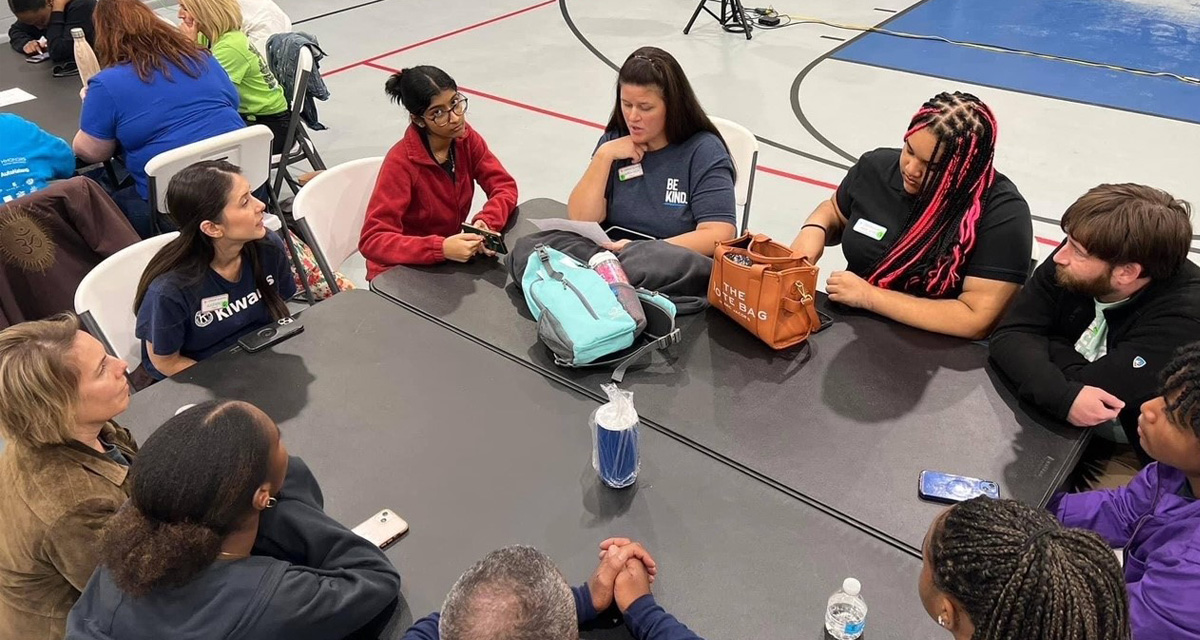Effective communication is essential for everyone. When communication channels break down, that’s where incidents occur. Whether you are a business leader, a team manager, or an individual striving to connect with others, the ability to communicate effectively is critical to your success. In this blog post, we’ll explore some proven communication tactics, and we’ll illustrate these strategies with real-world examples.
Active Listening
Effective communication begins with active listening. Have you ever spoken to someone who seems to have something else on their mind? With active listening you are engaging with the person speaking, showing that you are offering respect, empathy, and a genuine desire to understand them. This tactic not only builds trust but also fosters better problem-solving and collaboration.
For example, Prime Minister Jacinda Arden, New Zealand’s Prime Minister, held daily briefings during the COVID-19 pandemic. While in part she delivered ongoing information about the pandemic she also actively listened to questions and concerns from both citizens of New Zealand and the media. This approach created trust, resulting in a high level of public compliance with pandemic measures.
Clarity and Conciseness
Complex ideas are tough to communicate, but they can be given clarity if they’re presented in a concise manner. It’s best to avoid jargon or technical terms to make sure your message is easily understood.
Recently, NASA published an article on their website about the Solar Eclipse experience. NASA’s Marshall Space Flight Center Heliophysics and Planetary Science Branch Assistant Chief, Mitzi Adams, explained the different types of eclipses that could be viewed in a straightforward and concise manner by utilizing allegory.
Visual Communication
Incorporating visuals, such as infographics, charts, or even videos, can greatly enhance your message’s impact and make hard-to-digest complex data more accessible.
The Florida Scorecard by the Florida Chamber of Commerce does an excellent job at this. The Scorecard takes large amounts of data and places it in an infographic so that the public can easily understand the metrics that are being measured on the State and County level.
Empathy and Emotional Intelligence
Empathy is the ability to understand and share the feelings of others. It’s a vital tool in effective communication, allowing you to connect with your audience on a deeper level.
Forbes recently released an article about why leading with empathy is so important into today’s business environment. Think of it this way: you have multiple business locations, allowing an employee to temporarily move to an alternate location to be closer to physician appointments while they undergo dialysis is a great example of expressing empathy.
Adaptability
In today’s environment, communication must be adaptable to different cultures, generations, and mediums. The ability to adjust your approach based on your audience is crucial.
Airbnb’s “Live Anywhere on Airbnb” campaign showed adaptability by targeting a broad demographic to provide insight on their listings. This campaign was not only accessible to younger travelers but also appealed to remote workers, families, and older generations looking for unique and flexible accommodations.
In a world where information flows faster than ever, mastering effective communication tactics is essential. By actively listening, conveying your message clearly, using visual aids, practicing empathy, and remaining adaptable, you can connect with your audience in a very meaningful way.


hello@laurenhelmpr.com | 850-545-3461
3425 Bannerman Road, Suite 105-207
Tallahassee, Florida 32312
©2024 Lauren Helm PR. All rights reserved.